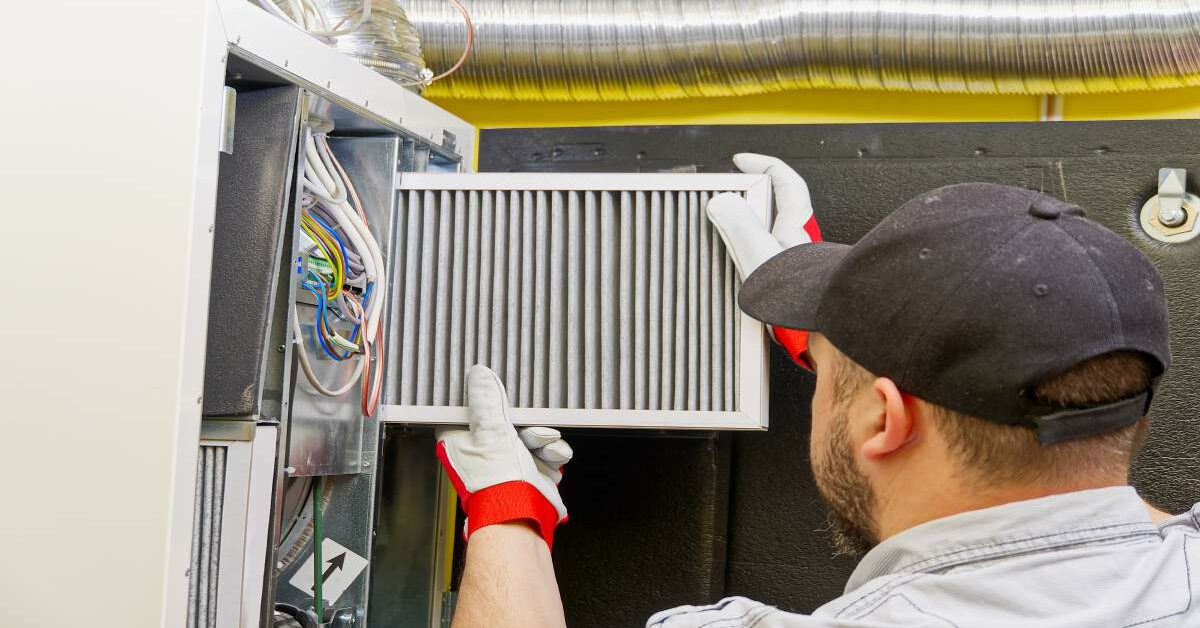What's covered in this article?
ToggleYou don’t want to find out your furnace is done when it’s the dead of winter, the snow’s piling up outside, and your house feels like a freezer. If you’re here wondering, “How long will my furnace last?” there’s a good chance it’s already dropping some hints.
These signs mean it’s likely time to think about maintenance—or maybe even a replacement.
In this article, we’ll review how long most furnaces tend to last, common signs of wear and tear, and when to start looking for a new one.
How Long Does a Furnace Last?
A typical furnace lasts between 15 to 20 years, depending on maintenance and usage. Regular servicing can help extend its lifespan, while neglect can shorten it. High-efficiency models may also have slightly higher lifespans.
Here are some types of furnaces and their average lifespans:
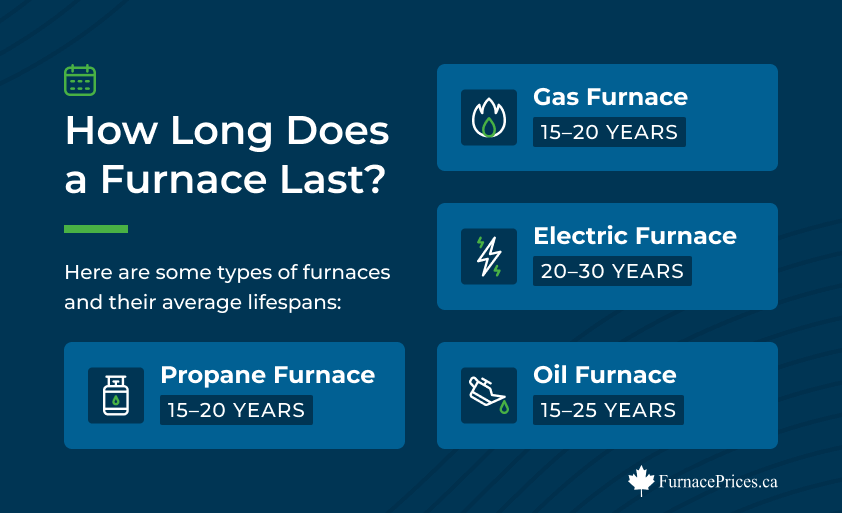
Gas and propane furnaces typically last about 15 to 20 years, providing solid performance if well-maintained. Electric furnaces have the longest lifespan, around 20 to 30 years, thanks to fewer moving parts. Oil furnaces fall in between, lasting 15 to 25 years but requiring regular upkeep due to oil residue buildup.
If you’ve got a furnace with the ENERGY STAR® logo, you’re likely working with a system that’s about 15% more efficient than standard models.
Here’s how to check the age of your furnace:
- Check the Serial Number: Look for the furnace’s serial number, usually found on a label inside the furnace cabinet or on the unit itself. The serial number often includes the manufacturing date, though you may need to check the brand’s website or call customer support to decode it.
- Check the User Manual or Warranty: If you still have the original user manual or warranty paperwork, it might list the installation date or give you clues about the furnace’s age.
- Ask a Technician: During your next maintenance appointment, ask the technician if they can identify the unit’s age. They’ll likely have seen enough systems to give you a good idea based on the model and wear.
Factors Affecting Furnace Lifespan
The lifespan of a furnace can vary greatly, depending on several main factors: how often it’s used, whether it’s the right size for the space, and how regularly it’s maintained.
But one of the biggest factors, often overlooked, is the quality of the installation itself.
Installation Quality
Installation quality is the most crucial factor affecting your furnace’s lifespan. An improperly installed furnace may work inefficiently, wear out parts faster, and have frequent issues, ultimately leading to a much shorter lifespan.
Poor installation can cause problems like airflow issues, heat loss, and frequent cycling, all of which stress the system and lead to earlier breakdowns. It can even void your furnace warranty.
In Canada, HVAC contractors must be fully certified by a reliable training organization. Beyond standard licenses, it’s also a good idea to verify other criteria before choosing a contractor.
To make sure you’re hiring someone qualified, check out these important questions to ask before hiring an HVAC professional to avoid costly mistakes and ensure your furnace is set up for a long, efficient life.
Regular Maintenance
In Canada, regular furnace maintenance is essential due to the constant strain of severe weather.
A full furnace tune-up and inspection typically costs between $70.00 and $250.00, a small price compared to a full furnace replacement. If more severe issues are found, costs can increase, but these checkups often catch problems early, potentially saving you a hefty repair bill.
Maintenance costs include air filters, which generally run an extra $50 to $250 annually. Filters should be replaced at least every three months, but monthly or bi-monthly replacements are ideal for optimal performance.
Also keep in mind that many extended warranties require professional annual maintenance to maintain full coverage.
A technician might do the following during a tune-up:
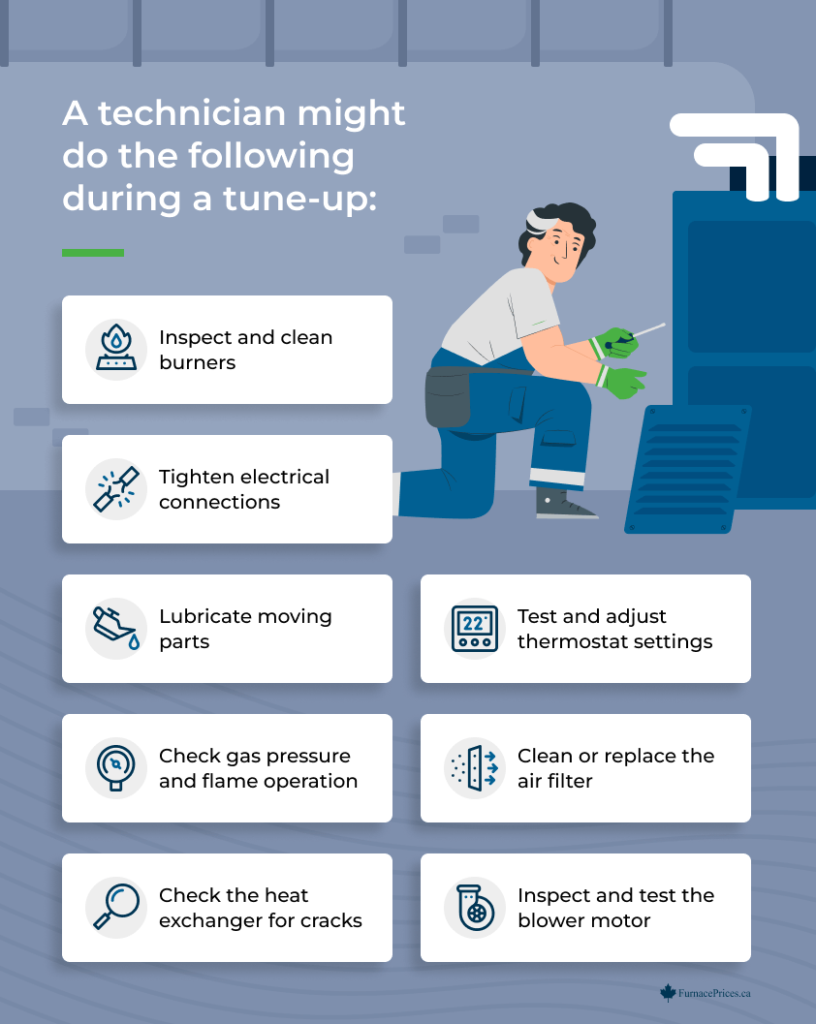
- Inspect and clean burners
- Check the heat exchanger for cracks
- Tighten electrical connections
- Test and adjust thermostat settings
- Lubricate moving parts
- Clean or replace the air filter
- Check gas pressure and flame operation
- Inspect and test the blower motor
- Ensure proper airflow
If your heating system needs maintenance within the first year, a faulty component might be to blame, which could qualify for a warranty replacement.
Brand
Certain brands, including but not limited to Lennox, Coleman, and Carrier, are known for their reliability and longer lifespan. These brands—and even specific models within their ranges—are often reviewed as more durable and efficient than others.
A reputable brand can significantly affect how often you need repairs and when you might need a replacement.
For more details on top furnace brands and models in Canada, look at this guide to the best furnaces in Canada to explore all your options.
Usage Patterns
The more you use your furnace, the shorter its lifespan will be. But that doesn’t mean you should skimp on heating during Canada’s harsh winters. Instead, there are a few smart ways to help your furnace last longer while still keeping your home warm:

- Install a Smart Thermostat: A smart thermostat can adjust the temperature based on your daily patterns, reducing unnecessary heating and giving your furnace a break when you’re asleep. This can prevent constant cycling, which wears out parts over time.
- Lower the Thermostat at Night: Setting your thermostat a few degrees lower overnight reduces furnace strain without compromising comfort. You can stay cozy under blankets while your furnace gets a break.
- Close Off Unused Rooms: If there are areas in your home that don’t need heating, close the doors and vents to those spaces. This reduces the load on your furnace, which is especially helpful during peak winter months.
- Seal Drafts and Insulate: Proper insulation and draft-proofing keep the heat in, meaning your furnace won’t have to work as hard to maintain a comfortable temperature. Sealing doors, windows, and attics can make a noticeable difference.
Environmental Conditions and Air Quality
Where you live and what’s happening outside affects your furnace. In Canada, we’ve got long, freezing winters, so your furnace works harder for longer periods. If there’s a lot of dust, pet hair, or other debris in the air, that can also clog up the system faster.
Get Quotes
How soon are you looking to buy?*



Signs of a Failing Furnace
Unfortunately, furnaces don’t last forever. If you’re seeing one or more of these signs, it might be time to say goodbye and start thinking about a new one:
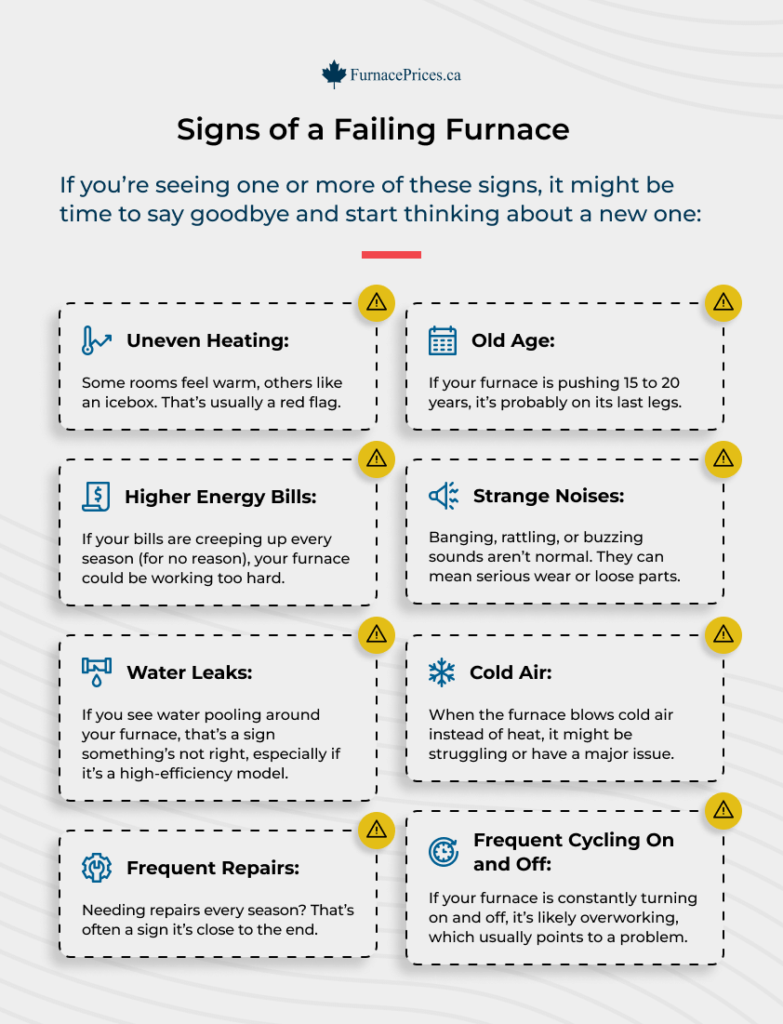
- Uneven Heating: Some rooms feel warm, others like an icebox. That’s usually a red flag.
- Higher Energy Bills: If your bills are creeping up every season (for no reason), your furnace could be working too hard.
- Strange Noises: Banging, rattling, or buzzing sounds aren’t normal. They can mean serious wear or loose parts.
- Frequent Repairs: Needing repairs every season? That’s often a sign it’s close to the end.
- Old Age: If your furnace is pushing 15 to 20 years, it’s probably on its last legs.
- Water Leaks: If you see water pooling around your furnace, that’s a sign something’s not right, especially if it’s a high-efficiency model.
- Cold Air: When the furnace blows cold air instead of heat, it might be struggling or have a major issue.
- Frequent Cycling On and Off: If your furnace is constantly turning on and off, it’s likely overworking, which usually points to a problem.
Again, these signs don’t always mean you need a guaranteed replacement. A verified technician can check things out and help you judge if it’s time for a new furnace or if some repairs will keep it running longer.
Tips to Extend the Lifespan of a Furnace
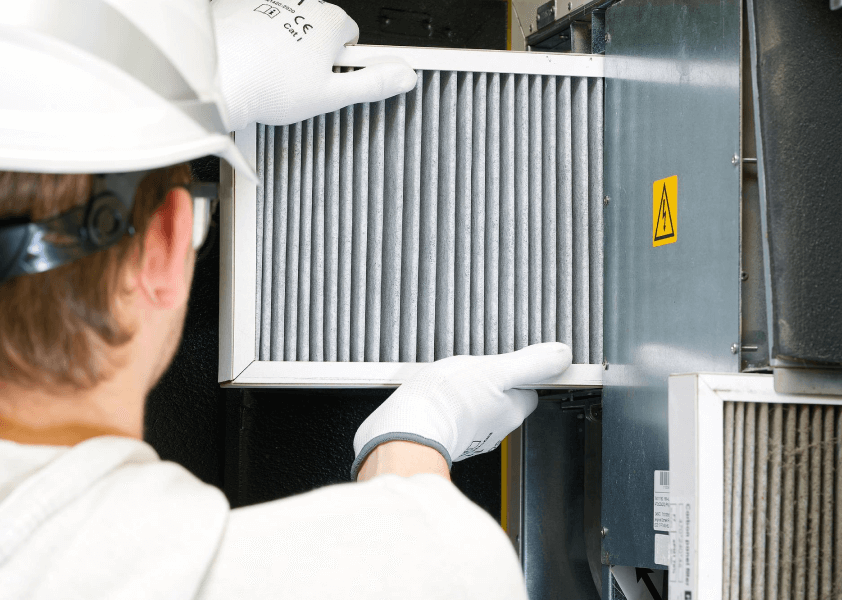
Here are a few ways to make sure it runs smoothly and lasts as long as possible:
- Perform Annual Maintenance: Scheduling a yearly tune-up can catch issues early and keep the system running efficiently. Plus, regular maintenance can help you with warranty claims if anything goes wrong. Here’s a helpful guide on furnace maintenance to walk you through what’s involved.
- Leave Repairs to a Pro: No matter how handy you might be, trying to fix a furnace yourself isn’t a good idea. And it’s definitely not worth the risk to ask an unlicensed friend. Trained technicians have the skills and tools to handle it safely and effectively, which can prevent damage to the unit or even injury.
- Prevent Overexertion: Your furnace shouldn’t have to run nonstop. Setting the thermostat a little lower, using a programmable thermostat, or closing off rooms you don’t need to heat can all reduce the load on your furnace, giving it a break and helping it last longer.
- Control Indoor Humidity Levels: Humidity affects your furnace more than you’d think. Too much moisture can cause parts to rust, while air that’s too dry puts extra strain on the system. Keeping humidity balanced—usually between 30% and 50%—helps the furnace operate smoothly and reduces wear.
- Seal Ductwork Leaks: If your ductwork has leaks, heated air escapes, making your furnace work harder to heat your home. Sealing those leaks can ease the load on your furnace, saving energy and extending its life.
Furnace Maintenance vs. Replacement
If a technician has declared your furnace as good as dead, there’s little sense in pouring more money into repairs. Especially when it’s late fall and a long heating season lies ahead, investing in a replacement might be the smartest move. The last thing you want is to be left scrambling without heat in the middle of a Canadian cold snap.
Remember, don’t overlook your warranty. If you’re still within the covered period, make sure to call in any issues right away. Many warranties cover major components or a full replacement, so use it when possible. For more tips on when to replace versus repair, check out this guide on furnace replacement to help make the best decision.
Conclusion
While you can do a lot to keep it running smoothly, every furnace has a limit. Watching for warning signs, maintaining regular maintenance, and knowing when to replace will help you avoid those icy nights when it finally gives out.
If your furnace is getting old or showing signs of wear, don’t wait until it’s too late. Get a quote from your local HVAC specialist today, and make sure you’re ready for whatever winter throws at you.
Frequently Asked Questions
Can furnaces last 30 years?
Yes, they can, especially if they’re electric or exceptionally well-maintained. However, as furnaces age, they generally become less efficient, which can lead to higher energy bills.
So, while a 30-year-old furnace might still run, it could cost you more to keep it going than a newer, energy-efficient model would.
When is the right time to replace the furnace?
The best time to replace a furnace is when you start seeing consistent signs of failure, like frequent breakdowns, uneven heating, strange noises, or skyrocketing energy bills.
What are the main differences between gas and electric furnaces?
Gas furnaces generally heat up faster and cost less to run, but they require more maintenance and don’t last as long as electric models. Electric furnaces are more energy-efficient and can last up to 30 years, but they might cost more in monthly energy bills.
Related Posts
-
Not sure if your furnace is ready for winter? This guide will explain everything you…
-
Building an addition on your home is a great investment that gives you more square…
-
When it's frigid outside, during the worst winter can throw at us, the last thing…
Get Quotes
How soon are you looking to buy?*






